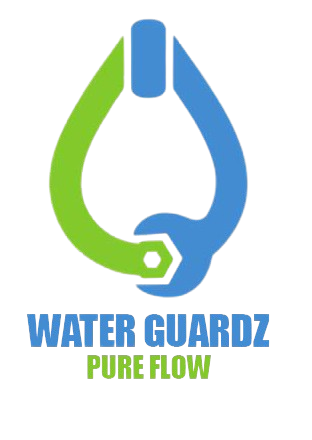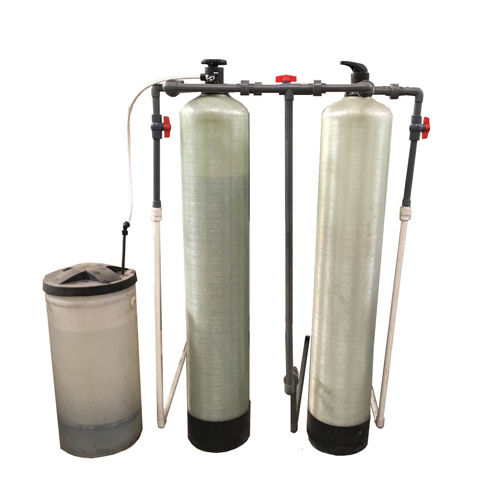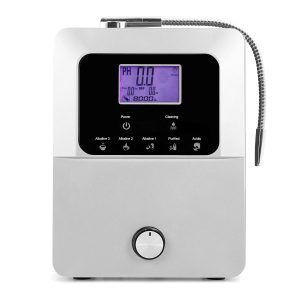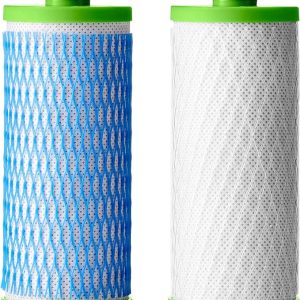Description
De-ionization (DI) of water is a process that removes dissolved ions, such as minerals, salts, and contaminants, from water to produce purified water. This process is widely used in industries where water quality is critical, including pharmaceuticals, laboratories, electronics manufacturing, and power generation.
1. The De-ionization Process
The de-ionization process involves passing water through ion exchange resins, which selectively remove positively charged ions (cations) and negatively charged ions (anions). There are two main steps in this process:
- Cation Exchange: The cation exchange resin replaces positively charged ions like calcium, magnesium, and sodium with hydrogen ions (H+).
- Anion Exchange: The anion exchange resin replaces negatively charged ions like chloride, sulfate, and bicarbonate with hydroxide ions (OH-).
The hydrogen and hydroxide ions then combine to form pure water (H2O). This process results in water with very low levels of dissolved ions.
2. Advantages of De-ionized Water
De-ionized water has numerous advantages for various applications:
- Purity: DI water is free from ions, providing a high level of purity, which is essential in critical applications such as pharmaceuticals and laboratories.
- No Mineral Buildup: Since DI water lacks minerals, it doesn't leave behind scale or mineral deposits, making it ideal for use in sensitive equipment like boilers and cooling systems.
- Improved Process Efficiency: In industries such as electronics manufacturing, DI water helps maintain the accuracy and functionality of sensitive machinery by reducing mineral interference.
3. Applications of De-ionized Water
De-ionized water is used in a variety of industries for different purposes:
- Pharmaceuticals: For drug formulation and sterilization processes where purity is vital.
- Laboratories: Used in experiments to avoid the interference of ions with chemical reactions.
- Electronics: Used in the cleaning of components to prevent damage and contamination.
- Power Generation: For cooling systems and boiler feedwater to prevent scaling and corrosion.
4. Maintenance and Regeneration of Ion Exchange Resins
To maintain optimal performance, ion exchange resins need to be regularly regenerated:
- Regeneration Process: The resins are regenerated by flushing them with strong acids (for cation resins) or bases (for anion resins) to restore their ion-exchange capacity.
- Monitoring: Regular monitoring of water quality ensures that the DI system continues to perform effectively.





